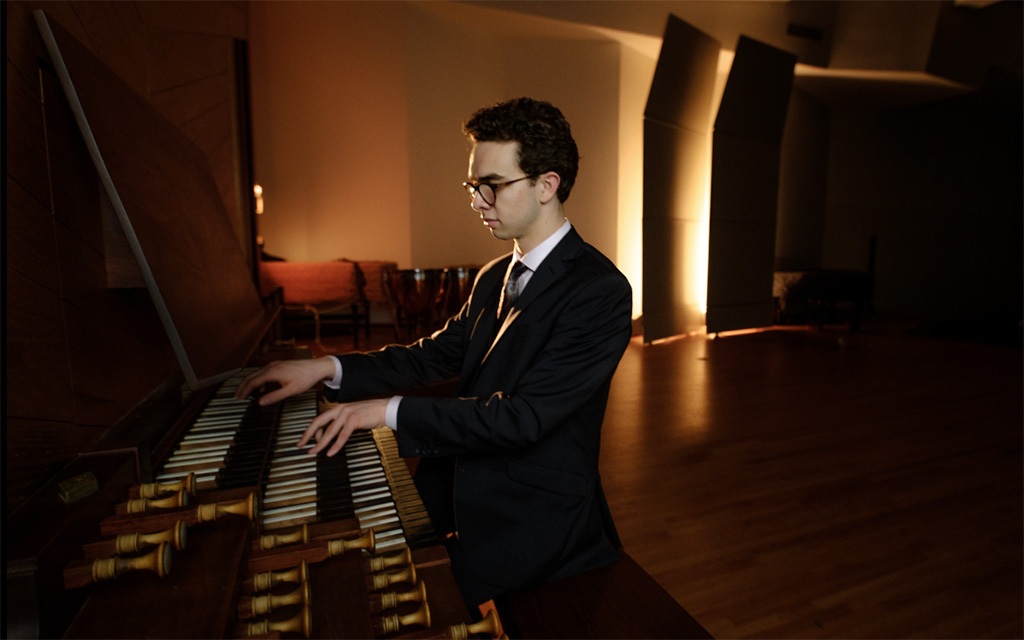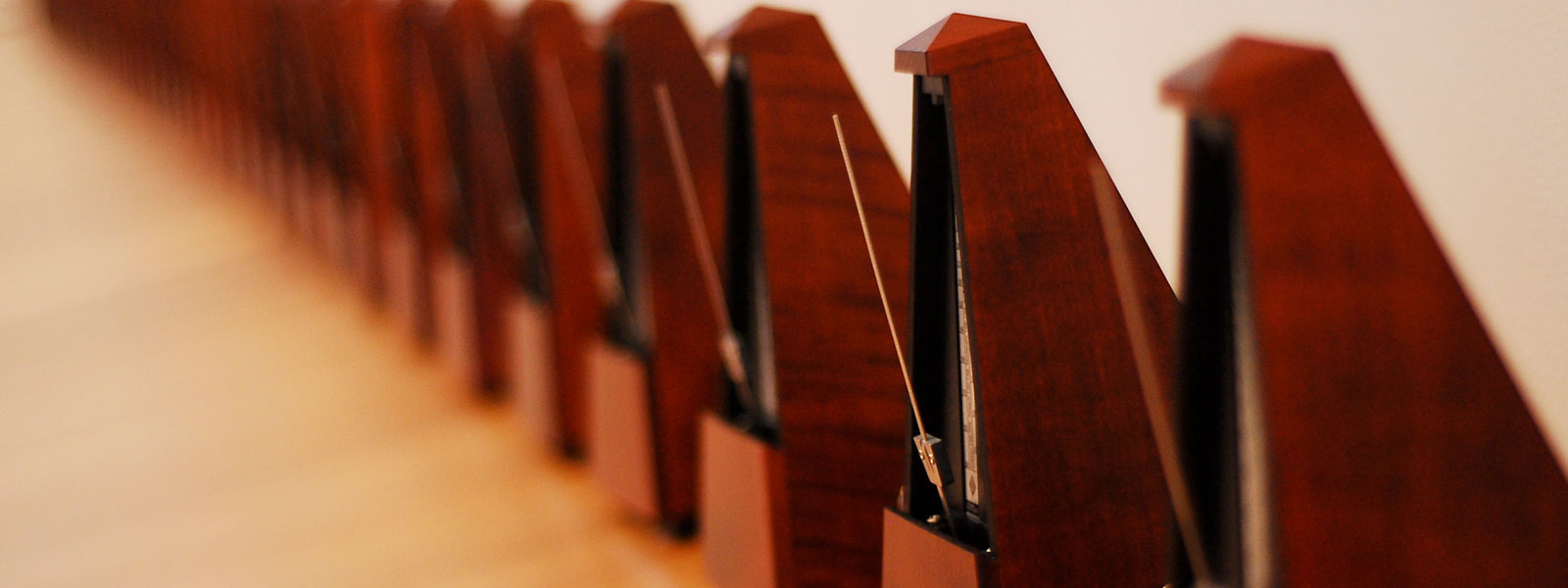Poetry goes fourth
By Ann Louise Wolf, Brunson Elementary
“It's fractions!"
I'm still not sure whether the sudden exclamation was delighted, shocked, betrayed,
or all three. I'm not even sure which student said it, as my back was turned at the
time – I was facing the board, drawing lines all over a line of Yeats, showing why
anapestic tetrameter (three beats in a foot, four feet in a line) is the same as a
three-four musical time signature, so I could head back to my guitar and play.
I have been part of a team serving at Brunson Elementary providing arts integration,
and one of the things we have been doing has been creating lessons for fourth grade
on poetry. This has been one of the more challenging sets of lessons, but also one
of the most rewarding for me. It was an eight-week lesson period, and we brought four
lessons, each of which covered two weeks.
The second lesson was particularly ambitious, but also one of which I am particularly
proud. It was a lesson on meter and rhythm in poetry, combining it with time signatures
in music, starting with the students walking in a circle to the beat of a drum to
understand why beats in poetry are called 'feet', and eventually building to clapping
out the iambic pentameter of Romeo's balcony speech. Intermixed, we walked/stomped
"Jack and Jill", performed pop songs on guitar and trumpet, and clapped the syllables
in our own names to find the "big" and "small" beats.
At the time, I wasn't at all sure whether we had put too much in front of them for
them to grasp. It had been a fun lesson, but perhaps we had asked too much for fourth
graders to retain and it had all been well-intentioned waste.
As our final lesson, we decided to bring a capstone project combining everything
we had brought before – including rhythm and meter. We provided small prints of well-known
paintings from a previous lesson and lists of words from other projects, along with
some other guidelines we had established before, and we asked the students to write
their own poems – in one of the meters we had learned.
At first it was rocky. I felt a sinking sensation in my stomach as many students
stared at a blank page in dismay. We had set these students up for failure. We had
asked too much of them. Slowly, I did what I often ask of the students and took a
deep breath. "Why don't you just get started and write something?" I suggested. "Give
it a try. Try anything." Slowly, the students began. When I circled back around, the
students would have words on the page. With a gentle reminder of how to clap and find
the big and little beats, we would together decide which 'time signature' they had
begun to write in, and they would move forward with more confidence.
Within twenty minutes, a room full of blank stares had become a room full of industrious
poets, writing about works by Frida Kahlo, Jean Michel-Basquiat, Romare Bearden, Diego
Rivera, Andy Warhol and Mary Cassatt, and writing them in trochaic tetrameter, anapestic
tetrameter, and iambic pentameter – better known to them as 4/4 time, 3/4 time and
'the heartbeat rhythm.'
When I was a child, I hated poetry. I dreaded any mention of it, knowing it meant
hours of lessons on people who used words that I never used, with lots of rules for
no apparent reason, and made things extra complicated without telling any interesting
story whatsoever. Poetry was IMPORTANT, in the most grown-up sense of the word. Poetry
was only about rules and not at all about what was inside the rules. It wasn't until
I was an adult that I learned my now passionate love of words and poetry; I had a
lot of un-learning to do.
Over the past eight weeks, I cannot count how many times I have said the words, "Poetry
isn't about getting it right, it's about the feeling it gives you." That's why we
gave them paintings. That's why we brought them music. "Does it make you feel something?"
I hear myself asking. "Does it make you feel like the picture does? Keep trying, then."
This week, as I've knelt by student after student and watched them clap beats and
look for the feeling words and the opinion words, the describing words and the doing
words, and lean over to collaborate with each other, I long to know – what will these
young people think of poetry in a few years? Shocked? Delighted? Betrayed? Or something
I could never have guessed?
April 20, 2017






